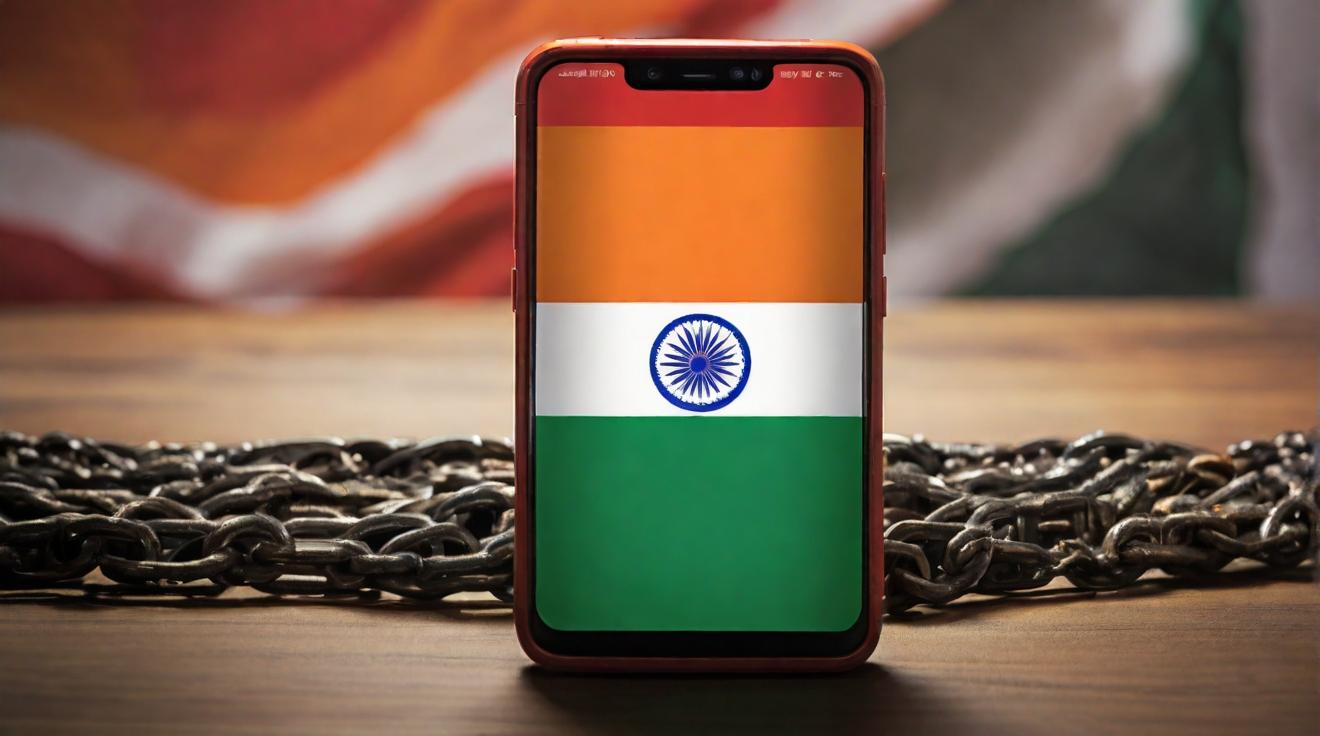===INTRO: The Battle of Graphic Design: Adobe Photoshop vs. Canva ===
In the world of graphic design, two software giants have emerged as frontrunners: Adobe Photoshop and Canva. Both tools offer powerful features and have gained a loyal following among designers and non-designers alike. However, understanding the strengths, weaknesses, opportunities, and threats of each software is crucial in determining which one is the best fit for your design needs. Let’s dive into a SWOT analysis of Adobe Photoshop and Canva to better understand their positions in the graphic design market.
===Strengths of Adobe Photoshop: A Closer Look===
Adobe Photoshop, the veteran in the graphic design industry, boasts an impressive array of strengths. Firstly, its extensive range of tools and features makes it a go-to choice for professional designers. From advanced image manipulation to precise editing, Photoshop provides unparalleled control and flexibility. Additionally, Photoshop’s compatibility with other Adobe software, such as Illustrator and InDesign, allows for seamless integration and a streamlined design process. Furthermore, the availability of countless online tutorials and a vibrant community of Photoshop users ensures a wealth of resources for learning and problem-solving.
===Strengths of Canva: Powering the Design Revolution===
While Adobe Photoshop is a powerhouse in the design world, Canva brings its own set of strengths to the table. Canva’s biggest advantage lies in its simplicity and user-friendly interface, making it accessible even to those with little to no design experience. With a wide range of pre-designed templates and a drag-and-drop functionality, Canva empowers users to create stunning designs effortlessly. Additionally, Canva’s collaborative features enable seamless teamwork and easy sharing of designs. Moreover, Canva’s ever-growing library of stock photos, fonts, and illustrations provides an impressive variety of assets to choose from.
===Examining the Weaknesses: Adobe Photoshop vs. Canva===
Despite their strengths, both Adobe Photoshop and Canva have their weaknesses. Adobe Photoshop’s complexity can be overwhelming for beginners or casual users, requiring extensive time and effort to master. The software’s high price point is also a drawback for individuals or small businesses on a tight budget. On the other hand, Canva’s simplicity can sometimes be limiting for professional designers who require more advanced features and customization options. Additionally, Canva’s reliance on internet connectivity can pose challenges in areas with poor internet access.
===The Opportunities and Threats in the Graphic Design Market===
In a rapidly evolving industry, both Adobe Photoshop and Canva face opportunities and threats. The increasing demand for visual content in social media and online marketing presents a vast opportunity for both software to expand their user base. Additionally, the rise of remote work and digital nomadism creates a need for accessible and cloud-based design tools like Canva. However, the graphic design market is highly competitive, with new players constantly entering the arena. This poses a threat to both Adobe Photoshop and Canva, as they must continuously innovate and stay ahead to maintain their market share.
===OUTRO: The Verdict===
While both Adobe Photoshop and Canva have their strengths and weaknesses, the choice ultimately boils down to your specific design needs and skill level. If you are a professional designer looking for advanced features and extensive customization, Adobe Photoshop is the clear winner. However, if you are a beginner or non-designer in need of a user-friendly tool with a wide range of templates and assets, Canva is the way to go. Whichever software you choose, it’s important to stay updated with the latest trends and advancements in the graphic design market to ensure your designs remain fresh and relevant.













